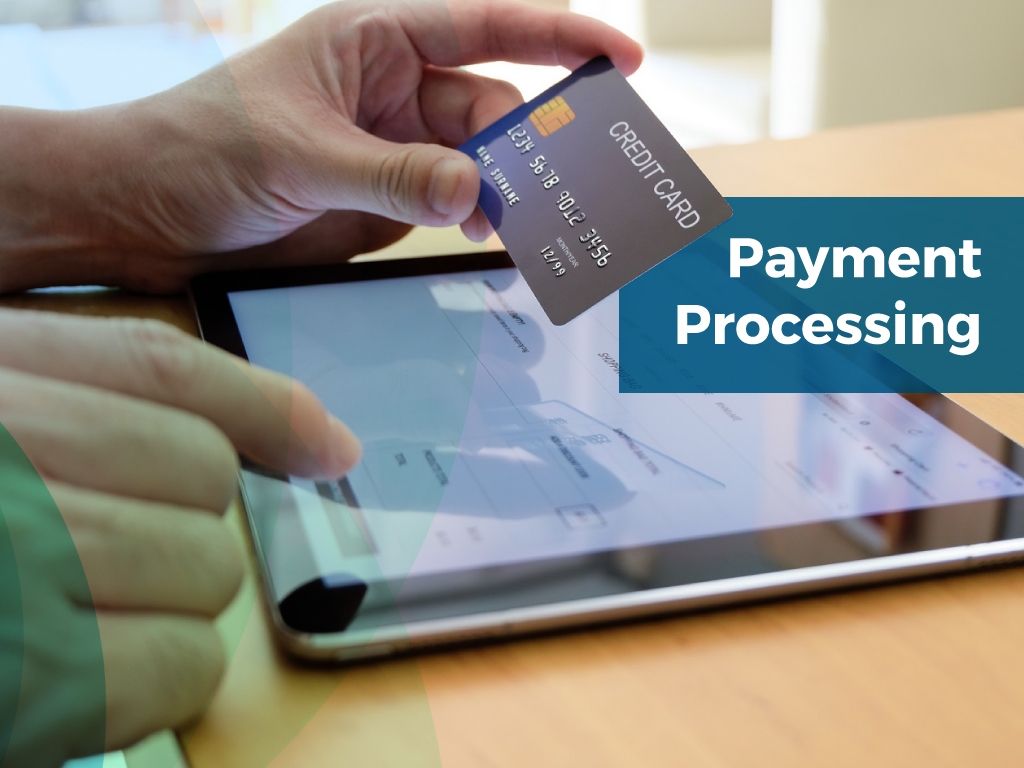Building a Profitable eCommerce Store: A Guide for Business Owners
So, you want to enter the world of eCommerce. This segment is growing incredibly fast. However, you cannot just build an eCommerce site and expect to become an overnight success. Achieving growth and establishing your brand takes time, intentionality, and the right strategy. In this post, we’ll explore what you need to know about building a profitable eCommerce store.
Know Your Products
Before you do anything, including buying a domain or dreaming up a store name, you need to know what products you’ll sell. Ideally, you’ll start small. This allows you to stock a handful of related items and then build your inventory offerings over time. What products, though?
In a perfect world, you’d build your eCommerce store around something that you’re passionate about. Love scuba diving? There’s your niche. Want to make the world a greener place? Go with sustainable products.
However, you also need to ensure that your products are as unique as possible. Your customers shouldn’t be able to drive to the closest big box store and buy the same thing. Find a way to differentiate what you’re offering, whether that’s through price, quality, selection, or something else.
Handle the Paperwork

Just as with a bricks-and-mortar shop, you’re going to have a lot of paperwork to handle when setting up an eCommerce store. Get your business license, insurance, and other government-required steps out of the way as soon as possible. Don’t leave any of these until later, or it could turn around and bite you. Don’t neglect licenses or agreements that might be necessary to deal with wholesalers.
Choose Your Logistics Solution
There are many different options when it comes to eCommerce store logistics. For instance, you can work with drop-shipping companies. They handle everything on your behalf, cutting out the need for your own warehouse space, logistics team, shipping and receiving, and more. However, drop-shippers generally bump up their prices to ensure they can make a profit, and you also lose some degree of control over your process.
You might decide that working with a traditional wholesaler and having your own warehouse is the better choice, as it provides you with lower prices and more direct control over the customer experience. However, that requires an investment in warehouse space, plus employees to run it, software to handle inventory, and more.
Exchange, Return, and Refund Policies
You’re going to have customers who experience problems. Maybe an item is defective. Perhaps they ordered the wrong size. It could be that they simply changed their mind after making the purchase. Your exchange, return, and refund policies will dictate what process is followed and what recourse your customers have in these situations. Make sure that your policies are well-thought-out, clearly communicated, and available on your website.
Payment Processing

eCommerce stores cannot accept traditional cash payments. That means you’ll need to accept credit cards at a minimum, which requires accounts with credit card processors, and additional software. You should also consider other payment processing methods, such as PayPal, Apple Pay, Amazon Pay, Square, and even cryptocurrency if you like. The right platform can make all of this seamless and effortless for your customers, but you’ll need to choose the platform and set up your accounts before your site goes live.
Know What It Takes to Achieve Profitability
Too many would-be eCommerce companies fail because they didn’t know what it took to turn a profit. Quite a few things eat into your margins here, including drop-shipping fees, payment processing fees, website fees, costs involved with shipping (if you’re doing it yourself), and so much more.
Your Website

Finally, it’s time to build your website. It needs to have cohesive, consistent branding throughout. It also needs to be easy to navigate, easily accessible on a mobile device, and load quickly. You’ll find many different platforms out there that allow you to develop robust eCommerce sites, including WooCommerce, Shopify, BigCommerce, and even WordPress. They’re not all the same, though, so make sure you thoroughly compare your options before making a decision.
Time to Get Started
Once you’ve ticked off all the items we discussed above, it’s time to get started building your eCommerce store. There has never been a better time to enter the industry, either. If you find that you cannot handle some of the many responsibilities required, we’re happy to help.




